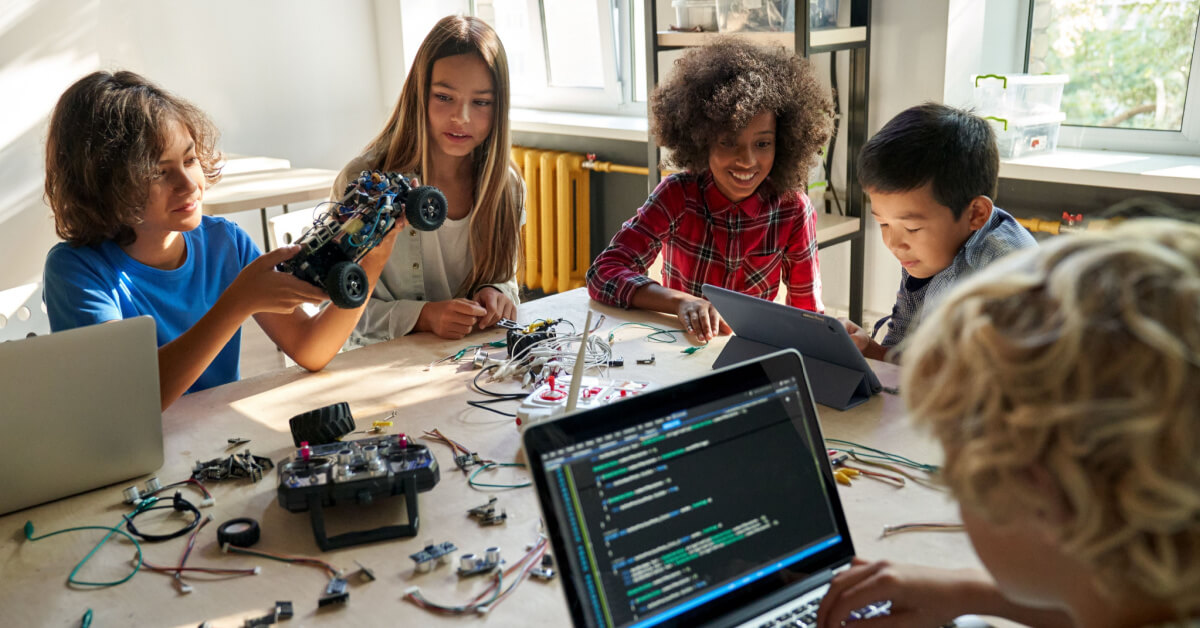September 15, 2022
Schools are fractured and many of our students are fractured. Summer should have been a time to regenerate and rest, but for many depressed by the sad state of the U.S. with more violence and attacks in schools, it may have been a time for despair. What will it take to change the laws and actually protect our students and teachers?
Imagine you are 14 years old—how does your world look? Global economies crashing, a world pandemic, crazy or sick people with guns killing students and teachers, climate change, the war in Ukraine, droughts, famines, and water shortages—grim doesn’t even start to describe how so many feel about our world. The question to school boards, Education Departments, and parents is to stop and look at the situation. We have a crisis with our young people and it is not going away. Let our school communities know we are listening. How can we change this landscape to provide hope for change?
Does the answer lie in the neglected SEL posters on your wall? We think not. Students should understand that exploring SEL, especially in the context of real-world issues, will enhance their personal development. It can be…


